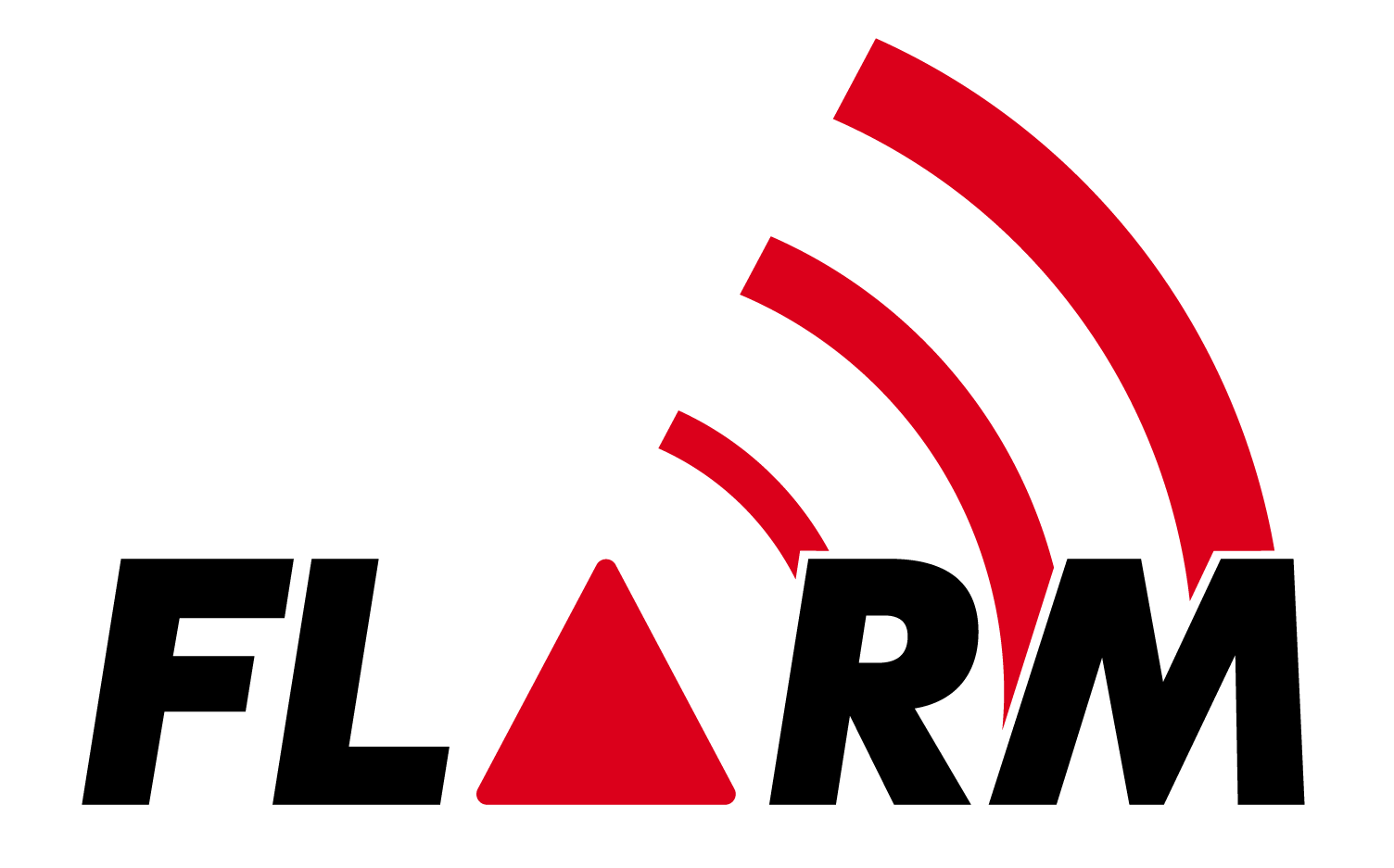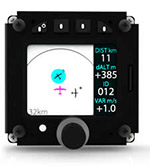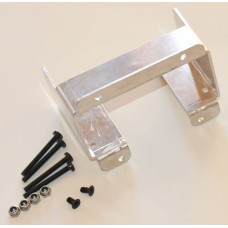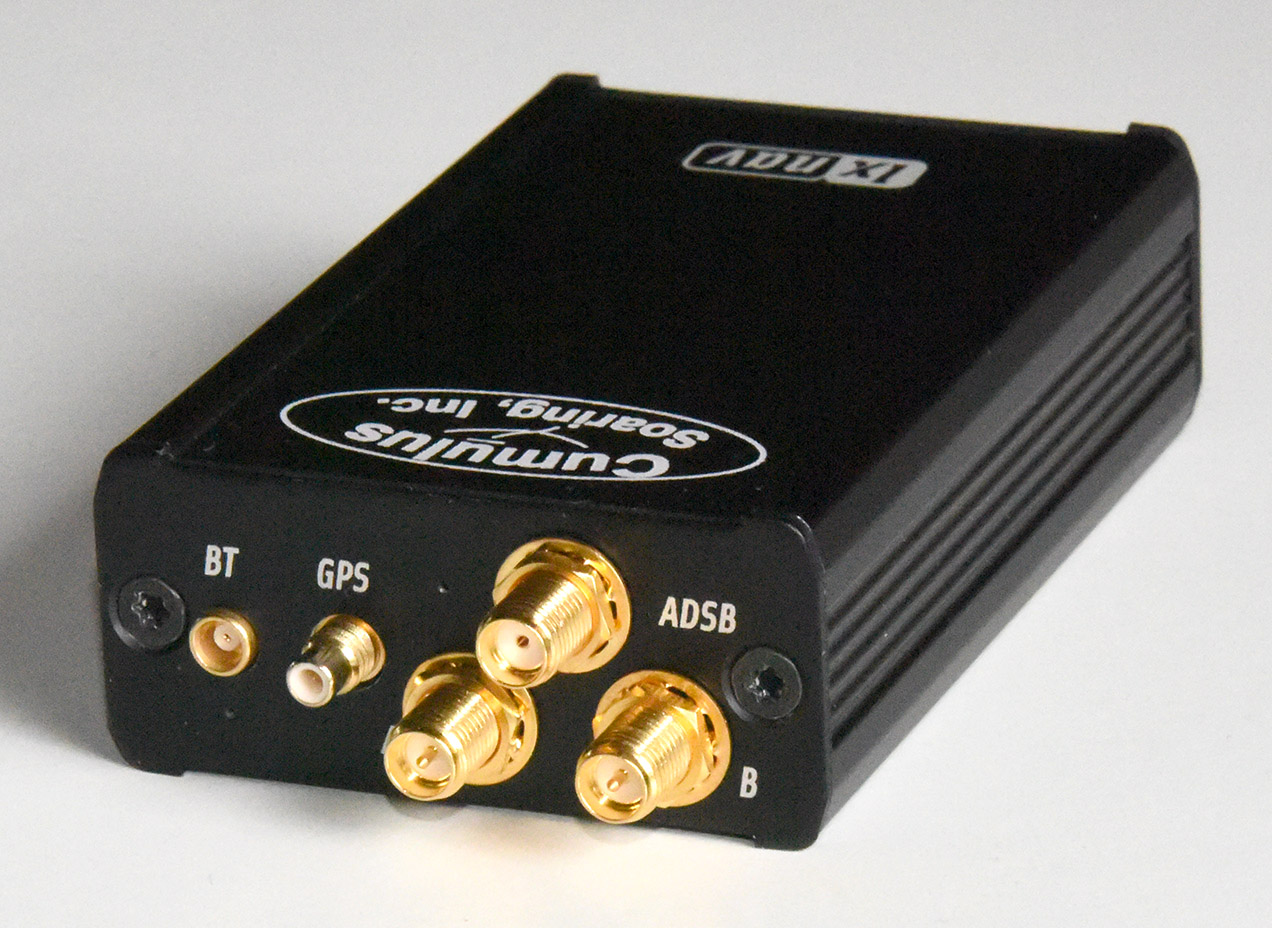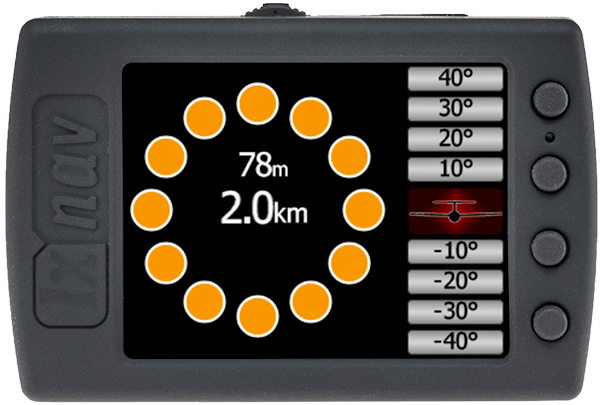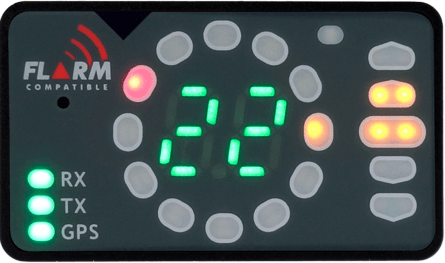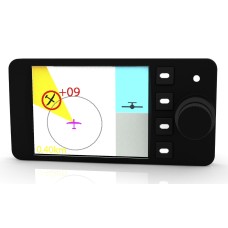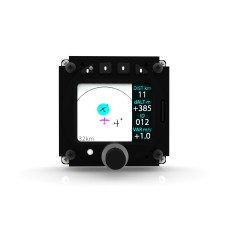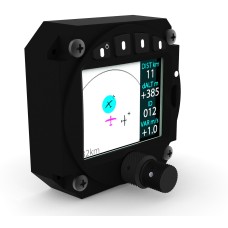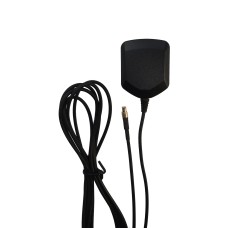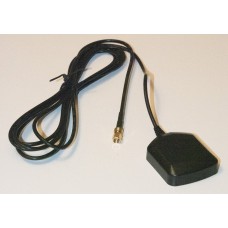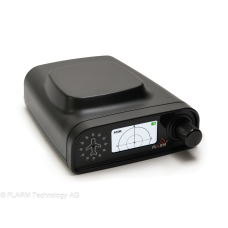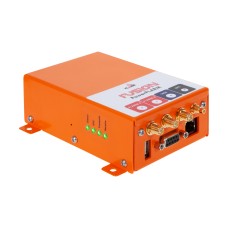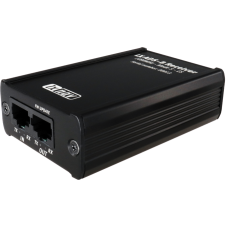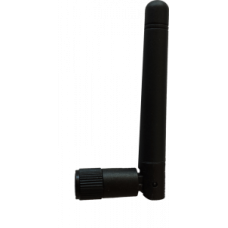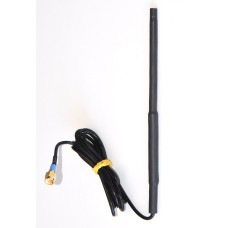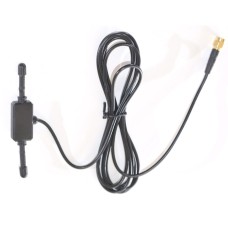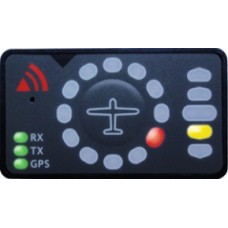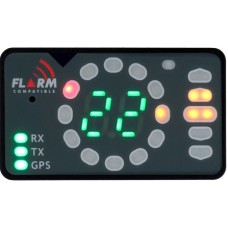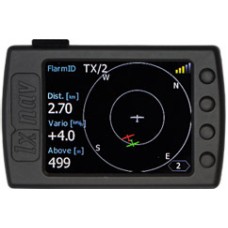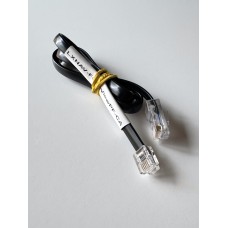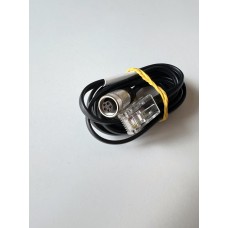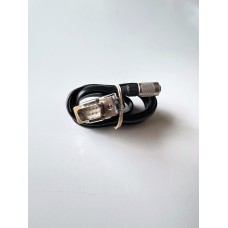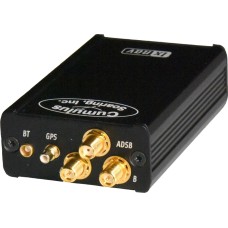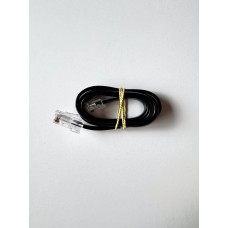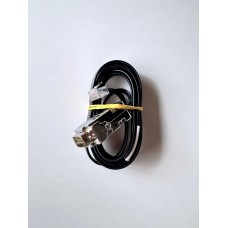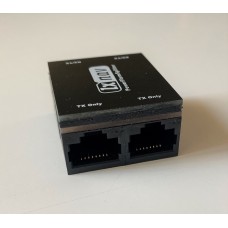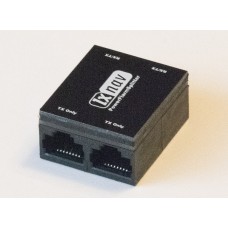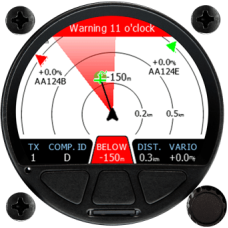Traffic Avoidance Systems
Links
Air Avionics | FLARM | LXNAV | Trig
Overview
Safety is a very important consideration for all glider pilots. There are several approaches to collision avoidance that are commonly used in sailplanes.
Transponders - When queried by air traffic control they transmit the aircraft's altitude and other parameters. That data, along with positional data from the radar, can be used to route traffic around you. Transponders greatly enhance safety in congested areas. Also, most large aircraft are equipped with TCAS which, independent of any ground inputs, performs surveillance of nearby aircraft to provide information on the position and altitude of these aircraft so the collision avoidance algorithms can perform their function.
Collision Avoidance Systems - These are passive systems that listen to data transmitted by nearby aircraft transponders. Nearby transponder-equipped aircraft are detected and ranged, and the altitude is decoded. The range, relative altitude and (for some units) direction of the nearest traffic is displayed and an alert is sounded when the range and relative altitude are less than preset minimum values. Some systems provide direction information so the pilot knows where to look for the traffic. These systems can be very small and much lower cost than a transponder.
| Manufacturer Click on company name to see details | Description | Photo | Logo |
| Air Avionics | FLARM Displays PowerFLARM Mounting Brackets | ||
| FLARM | PowerFLARM Collision Warning Device | 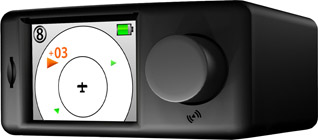 | |
| LXNAV | PowerMouse FlarmView displays for FLARM and PowerFLARM | ||
| Trig | TT22 Mode S Transponders with built-in altitude encoder and remote head | 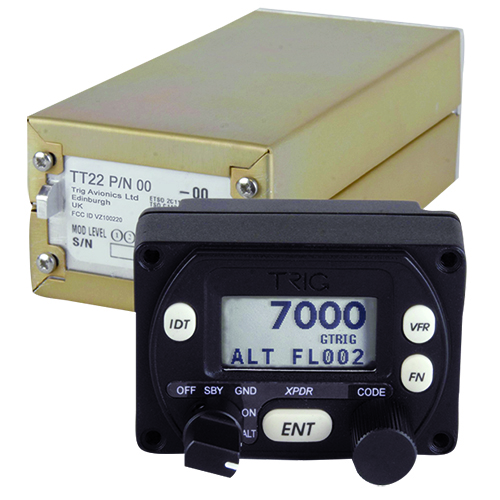 |
AIR-ATD-11
AIR Traffic Display, ATD-11The ADT-11 has a larger display than most FLARM traffic displays - making..
$799.00
AIR-ATD-57
AIR Traffic Display, ATD-57Enhance Your Traffic AwarenessAIR Traffic Display is our newly designed p..
$648.00
AIR-ATD-80
AIR Traffic Display, ATD-80*** Fits in large, 80 mm (3 1/8") instrument holeEnhance Your Traffic Awa..
$748.00
FLARM-Ant-GPS-MCX
Remote GPS Antenna for PowerFLARM Core and PowerFLARM PortableOptional external GPS antenna for Powe..
$50.00
FLARM-Ant-GPS-SMC
Remote GPS Antenna for PowerFLARM FusionExternal GPS antenna for PowerFLARM Fusion, with SMC connect..
$40.00
FLARM-PowerFLARM-Enable-ADS-R
PowerFLARM Enable License for ADS-R and TIS-B ReceptionThis feature license will activate the recept..
$205.00
FLARM-PowerFLARM-Enable-ENL
PowerFLARM ENL (Engine Noise Level) Recording Enable LicenseAll PowerFLARM units are supplied with b..
$212.00
FLARM-PowerFLARM-Enable-FLARMB
PowerFLARM Flarm Antenna Port B Enable LicenseAll PowerFLARM units are supplied with a "FLARM B" ant..
$260.00
FLARM-PowerFLARM-Enable-IGC
PowerFLARM IGC Enable LicenseAll PowerFLARM units are supplied with built-in GPS flight recorder. Ho..
$135.00
FLARM-PowerFLARM-Flex
PowerFLARM FlexBrochure: PowerFLARM Flex Datasheet - EnglishIntroducing PowerFLARM Flex—the ne..
$1,450.00
FLARM-PowerFLARM-Fusion
FLARM Home | Safety Considerations | FLARM Logger IGC Approval | Power..
$2,050.00
LXNAV-ADS-B-Receiver
LXNAV ADS-B ReceiverA practical standalone ADS-B 1090 IN solution. ADS-B receiver listens to ADS-B 1..
$830.00
LXNAV-Ant-ADSB-Rod-Rt-Angle
Antenna, ADS-B, Rod with Standard-Polarity SMA ConnectorLXNAV ADS-B Antenna with standard-polarity S..
$20.00
LXNAV-Ant-FL-Dipole-SMA-US
FLARM Dipole Antenna with Standard-Polarity SMA ConnectorLXNAV FLARM Dipole (straight) Antenna with ..
$40.00
LXNAV-Ant-FL-DipoleT-SMARP-US
LXNAV FLARM Dipole T-Shaped Antenna, Antenna length: 95 mm (3.75 in), cable length: 170 cm (67")&nbs..
$45.00
LXNAV-FlarmLED
LXNAV FlarmLEDThe new FlarmView is a very small and simple display for use with FLARM and PowerFLARM..
$145.00
LXNAV-FlarmLED+
LXNAV FlarmLED+The new FlarmView+ is a very small and simple display for use with FLARM and PowerFLA..
$205.00
LXNAV-FlarmView
LXNAV FlarmView *** Price does not include tariff.The FlarmView is a very small and full-featur..
$240.00
LXNAV-FlarmViewPF-CA
Cable for connecting PowerFLARM RJ45 port to FLARM displayFlarm display cable, 70 cm (27.5"), 8-pin ..
$20.00
LXNAV-LX5-PF
Cable for connecting LX 7000, LX 7007, LX 80X0 or LX 90X0 to PowerFLARM *** Price does not..
$50.00
LXNAV-LX5-PFCore
Cable for connecting LX 7000, LX 7007, LX 80X0 or LX 90X0 to PowerFLARM *** Price does not..
$50.00
LXNAV-PowerMouse+ FCC
PowerMouse+ FCCALL-IN-ONE FLARM with integrated FLARM, ADS-B, Wi-Fi, and Bluetooth *** Price do..
$2,050.00
LXNAV-S7-GPS-PF
Cable for connecting S7, S8, S80, S10 or S100 GPS Port to PowerFLARM or K6 MuxThis cable connects th..
$40.00
LXNAV-S7-GPS-PFCore
Cable for connecting S7, S8, S80, S10 or S100 GPS Port to PowerFLARM Core or PowerFLARM FusionThis c..
$40.00
LXNAV-Splitter-PF-RJ12
LXNAV Splitter with 4 RJ45 8-pin Ports and cable with RJ12 6-pin connectorFor connecting up to 3 dev..
$45.00
LXNAV-Splitter-PF-RJ45
LXNAV Splitter with 4 RJ45 8-pin Ports and cable with RJ45 8-pin connector *** Price does not i..
$45.00
LXNAV-TrafficView
LXNAV TrafficView57 & TrafficView80The TrafficView is designed to have the largest traffic displ..
$540.00


